How to Make Your Website More Eco-Friendly

If you’re mindful of the environment and wish to adhere to some eco-friendly practices when doing your business (or if you’re doing so already), you might also be interested to know that there are ways to make your website more eco-friendly as well. Surprising as it may be to some, the internet has a significant impact on the environment. In fact, according to climatecare.org, the internet’s energy and carbon footprint is estimated to be greater than that of air travel (around 2% of all carbon emissions worldwide).
The devices we use to browse the web, the data centers that store servers, technology companies that deal with manufacturing and shipping of the internet’s hardware – all of these use up a considerable amount of energy. The good news is that more and more major internet companies (like Google, Facebook, and Apple, to name a few) are doing their best to reduce their carbon footprint by using renewable energy to power some of their data centers. And really, there is no reason not to follow their example and make some steps of your own to create your WordPress website as environmentally-friendly as possible.
What Are the Benefits of an Eco-Friendly Website?
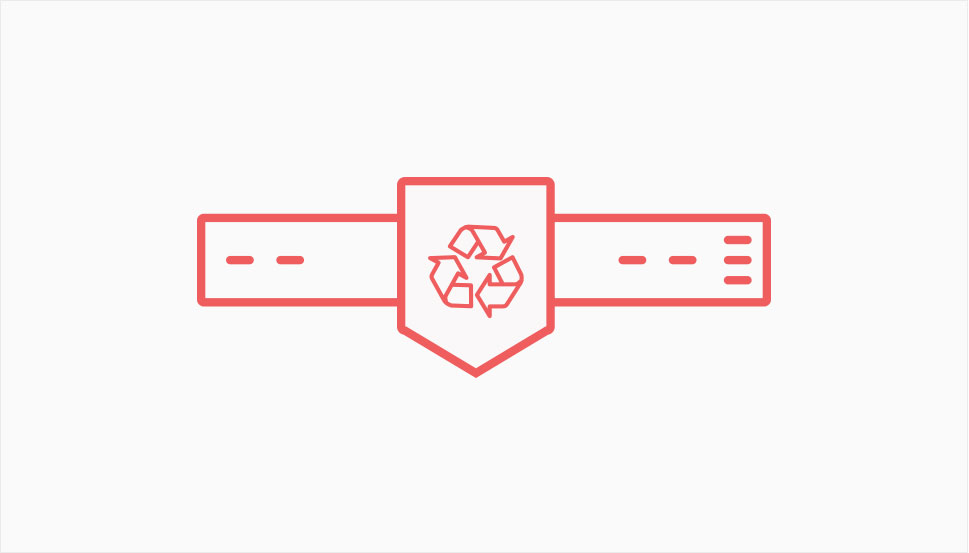
By lessening your website’s carbon footprint, not only will you be able to contribute to a healthier environment in general, but you will also help boost the success of your business in various ways. Namely, sticking to some eco-friendly practices can lead to having a professional, fast, and user-friendly website. All this can naturally improve your ranking and drive more traffic your way.
In addition, this can also reduce your site’s bounce rate and the need for users to perform some additional search that will require more clicks – and thus waste more energy – to find what they need. So long story short, it’s a win-win situation for both your business and the environment.
Tips to Make Your Website More Eco-Friendly
The process of reducing your website’s environmental impact may require a bit of time and effort on your part. Still, when it’s all said and done, it will be more than worth it as the benefits of having an eco-friendly site far outweigh any downsides. So, without further ado, here are some of the steps you can take towards making your website greener.

Web hosting providers host website data in various data centers worldwide. The thing is, these centers usually contain thousands of computers that use lots of electricity and create heat that needs to be cooled somehow. This is usually done with the help of massive cooling systems which in turn use up a huge amount of energy and create carbon emissions.
You can reduce your carbon footprint by opting for a green hosting company that is mindful of the environment and takes care of its carbon emissions. Green-oriented hosts usually use different environment-friendly strategies, such as powering their servers with renewable energy.
Web hosting providers like Green Geeks and DreamHost put plenty of effort into being eco-friendly, so we suggest that you look into one of their web hosting plans.
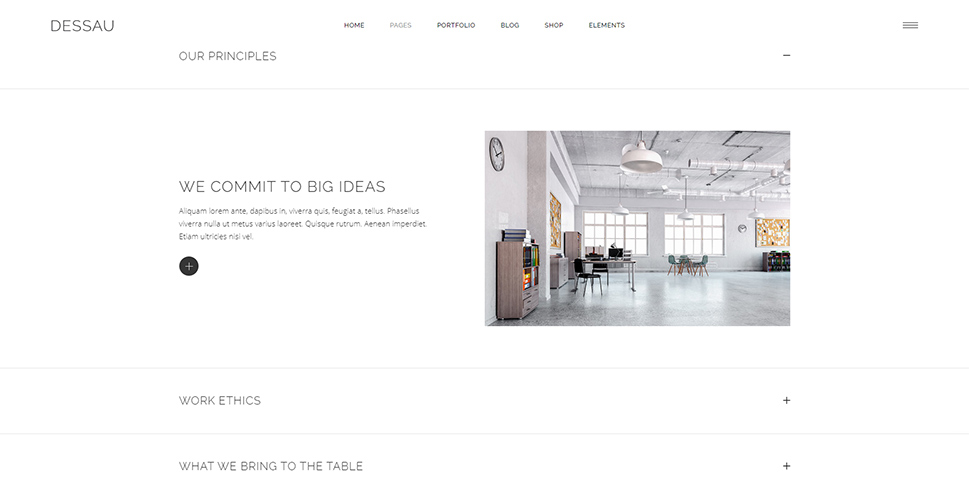
After you start using green-oriented web hosting, the next step you should take is to ensure that your website’s design is as simple, clean, and easy to navigate as possible. The reason why you should do this is quite logical – the more complicated web design you have, the more energy it will use up. Therefore, you want to avoid having an overly complex design on your site – that is, unless it’s absolutely necessary for you to have one.
Every click and scroll out there uses a certain amount of energy. While this energy may not be a lot on an individual level, when you take into account the number of users that click on different page links and browse the web on a daily basis, all of it can pile up and emit quite a fair amount of CO2.
You can reduce the number of clicks performed on your website by making your design as simple as possible. If you can, we suggest that you use elements like different graphics, animations, and videos sparingly, and only when needed. We also suggest avoiding darker colors (if possible), as they tend to consume more energy in general.
Finally, make sure that all your links are easily visible and spread out evenly throughout your content, and that all your site pages are never more than three to four clicks away. This will ensure that users find what they’re looking for quickly and efficiently without roaming around too much. All this can contribute to having a sustainable and more user-friendly website, which is a plus for any business as it can make you appear more professional and reliable in the long run.
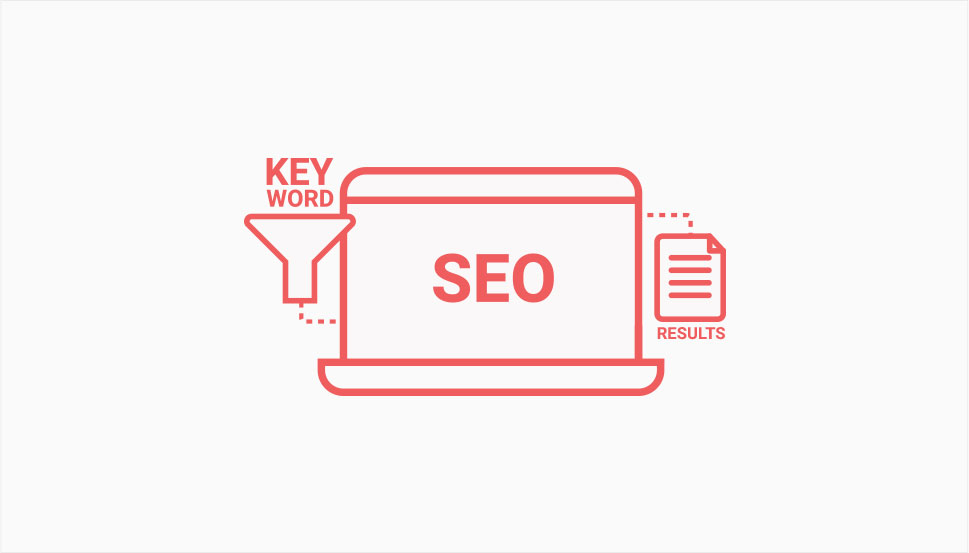
Aside from helping you with your online visibility and boosting your business, a solid SEO strategy can greatly improve the eco-friendliness of your site. Namely, by making your website SEO-friendly and easy to find on Google, you also lessen the need of users to perform an additional search until they finally find what they need. In turn, this reduces the amount of energy spent every time a new page loads, which finally results in producing less carbon footprint.
Aside from doing things like installing an SEO-friendly theme and using internal linking, you should also implement a proper keyword research strategy with the help of different available SEO tools and do your best to spread your keywords evenly throughout your website.
You can also break huge chunks of text into smaller sections by adding headings and subheadings into your content. Not only will this make your website more search engine and user-friendly, but it will also help increase conversions and result in fewer searches in general, which is great both for your website and the environment as well.
Last but not least, don’t forget to optimize your site for mobile. A whopping 60% of online search is performed on mobile devices nowadays. So if mobile users stumble upon your site and are able to browse through your pages without any difficulties, they are less likely to flee.
Of course, there are plenty of other things you can do to boost your website’s SEO and make your website more eco-friendly as a result, but these are some of the basics for a good head-start.
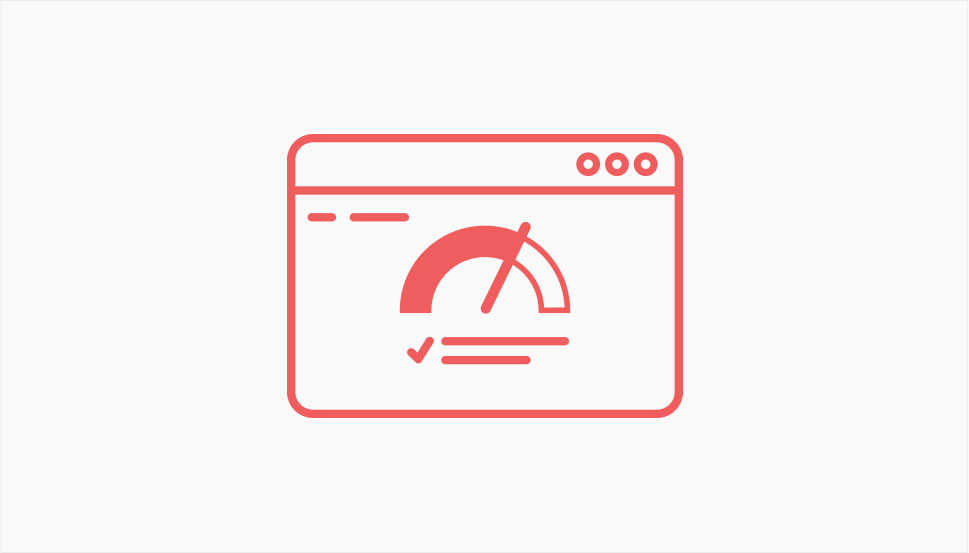
Website speed can play a key role in getting people to stay on your website and can contribute to your website’s search engine ranking in general (search engines like fast loading pages, after all). However, given the significant impact speed can have on your website’s eco-friendliness, we thought this topic deserved to have its own section.
So, how does your website’s speed impact the environment, exactly? It’s actually pretty simple – if your site takes too long to load, it will inevitably drain the energy of your server by using up more electricity, which automatically makes more damage to the environment.
Fortunately, there are many different ways in which you can improve your website’s loading speed. For instance, you can use a lightweight theme, install one of the many available caching plugins, and optimize your images for the web by reducing their size. You can also start using a CDN or content delivery network (either by picking a host that offers CDN services or signing up for free using a CDN provider such as Cloudflare). Another method you can use to rev up the speed of your pages is to incorporate lazy loading into your site, which will delay the loading of content until it’s actually needed.
All in all, there is no shortage of methods you can use to improve your website’s speed. Just make sure to combine a few different tactics for optimal results.
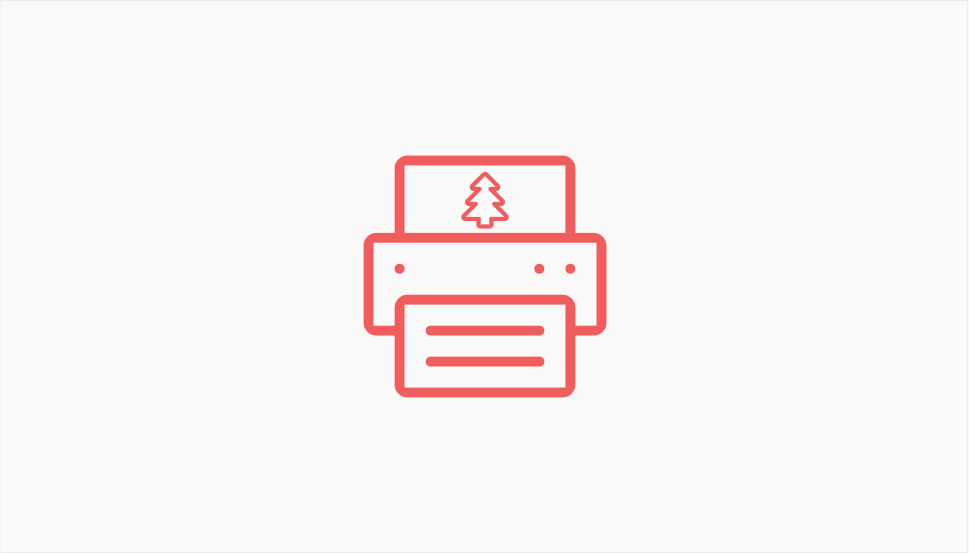
Due to the widespread digitalization and the fact that people massively use the web to consume all types of media, the use of printed media in particular has been on a steady decline over the years. That being said, many people still prefer to print out content that they like and wish to read again, which is why you should strive to create printer-friendly content.
If you don’t optimize your site’s text, graphics, and other website elements for printing, there are high chances that users will have to repeat the printing process for your content to show up properly on paper. And more printing leads to – you guessed it – more paper waste, more waste of energy, and finally, more negative impact on the environment.
You can easily make your content more printer-friendly by installing one of the available printing plugins (like Print My Blog, for example), which you can use to create printable posts and pages on your site.
Start Going Green Today!
Having an eco-friendly site and minimizing your online carbon footprint can not only help reduce the impact on the environment in the long run, but it can also bring more success to your business and set you apart from others by increasing your online visibility. Stick to some (if not all) of the above-mentioned practices and you’ll be well on your way to make your website a bit greener.
And one final piece of advice before we go – if you’re curious about the current level of your website’s energy consumption, you can run a check using one of the available online tools such as Website Carbon Calculator to get to know what you’re starting with. Then, as you make more efforts towards creating an environmentally-conscious website, use the tool again and see if there are any positive changes in those CO2 numbers. The data may not be 100% precise as these things can be hard to pinpoint, but you will definitely get a general idea of the current environmental impact of your site, as well as of the progress you’re making.



